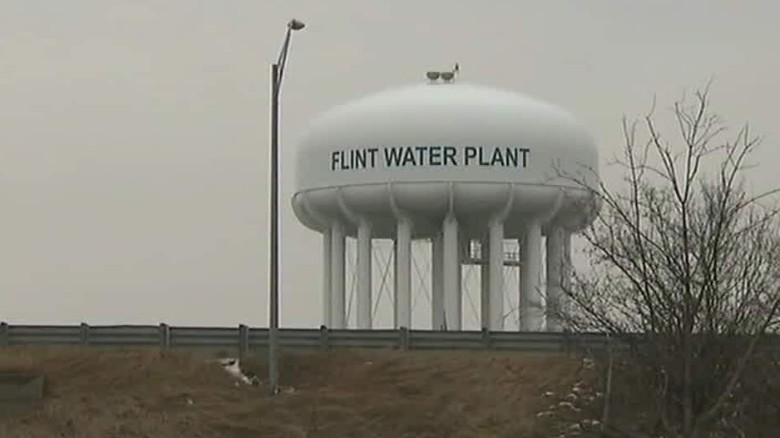Toxic water: Scientists are concerned about the increasing number of dangerous chemicals in our environment
05/20/2019 / By Isabelle Z.

We live in a time where we have all manner of modern conveniences, but many of them are proving to come with a huge trade-off. For example, the substances that can help our fabrics resist stains and repel water and keep food from sticking to our pans are a godsend from a cleaning point of view, but scientists are growing increasingly concerned about the presence of this family of chemicals in our water and environment.
These dangerous fluorochemicals chemicals, known collectively as PFAS., can be found in a lot of unexpected places. While you might already be aware that you should avoid nonstick coatings on pans, did you know that the same chemicals line your pizza boxes and fast food wrappers to keep grease from soaking through? Are you aware that they are most likely in your water supply, particularly if you live even remotely close to places where firefighting foams have been used? They’re on your furniture, they’re on your electronics and wires, and they’re in the dust in your home. In other words, they’re everywhere – and they never break down.
These chemicals have been used widely since the 1950s, and nearly everyone tested has them in their system. That’s because the same super-strong carbon-fluorine bonds that make them so effective also ensure that they ever degrade. While some subsets, such as PFOS and PFOA, have been banned over the years, their persistent nature means that hundreds of millions of people are still exposed to them.
University of Luxembourg Analytical Chemist Emma Schymanski told Nature: “These chemicals are changing all the time. It’s the worst-case scenario — and the most interesting.”
Swiss Federal Institute of Technology Environmental Scientist Zhanyun Wang agrees, saying: “These are the most persistent chemicals we are facing today.”
Their replacements aren’t believed to be much better. Many of the substances used in PFOA-free nonstick pans also contain fluorine-carrying carbon chains, and although they might be less damaging in theory, scientists simply can’t determine whether or not they’re problematic because the chemical industry hides behind the protection of “trade secrets” to avoid disclosing their formulations. Environmental chemists, toxicologists and epidemiologists have been working hard to try to determine just how many PFAS chemicals we are dealing with and how harmful they are.
What are PFAS and similar chemicals doing to our health?
Unfortunately, these chemicals build up in your body over time. Studies have already linked PFAS to problems like kidney cancer, testicular cancer, high cholesterol, ulcerative colitis, and pregnancy-induced hypertension. DuPont settled a class action lawsuit in 2017 filed by 3,550 people suffering from these diseases following exposure to the PFAS chemical C8.
Meanwhile, a 20-year study that followed 500 children found that those with higher PFAS levels had a reduced ability to develop antibodies in response to vaccinations. The chemicals have also been linked to decreased fertility, growth and learning delays in childhood and infancy, and hormonal changes.
What’s in your water?
Although there are still a lot of worrying mysteries surrounding these chemicals, scientists do know that the soil and water near military bases and airports around the world are rich in the PFASs found in firefighting foams sprayed in training exercises. Although they’re just a small portion of the fluorochemicals in existence, they make up a big part of the contamination because they’re released straight into the environment.
Making the problem worse is the fact that the EPA does not currently regulate PFAS in public water systems, although they have published some guidelines that many experts feel are too generous. The EPA does not require routine monitoring for these chemicals in water, but some states do. You can find out if your local water utility uses ongoing PFAS chemicals testing, and you can have your water tested privately for additional peace of mind. Should you discover a problem, reverse osmosis filters work well at filtering these toxic chemicals out.
Sources for this article include:
Tagged Under: C8, contaminated water, dangerous convenience, disease causes, environment, fluorochemicals, PFAS, PFOA, research, toxic chemicals, toxic ingredients, toxic water, toxins, water health
RECENT NEWS & ARTICLES
Chemicals.News is a fact-based public education website published by Chemicals News Features, LLC.
All content copyright © 2018 by Chemicals News Features, LLC.
Contact Us with Tips or Corrections
All trademarks, registered trademarks and servicemarks mentioned on this site are the property of their respective owners.


















